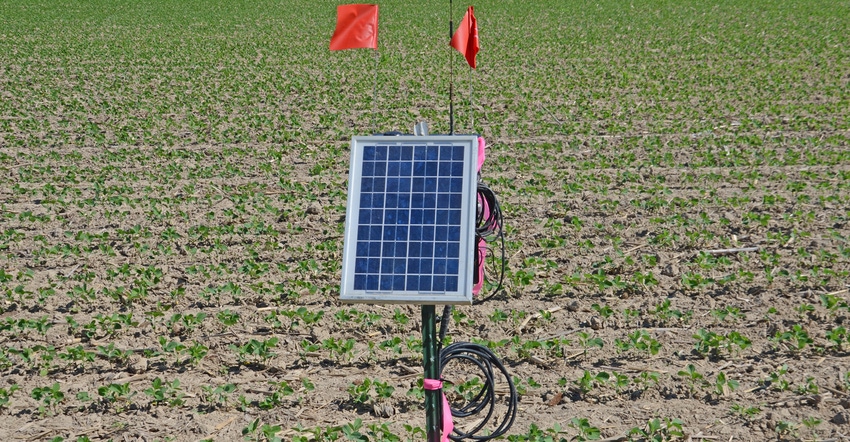July 12, 2022

Improving infiltration of moisture into the soil is vital, especially with irrigation. No matter what energy source you use — electricity, propane or diesel — it costs more in 2022. Do you want to spend money on irrigation water only to see it run off the field?
Some farmers who irrigate say they’re limited in how much water they can put on at a time, often seeing runoff after less than an inch of water is applied. While an inch of irrigation water goes on faster than many rains, it should still be absorbed. What can be done to address runoff and improve efficiency in your irrigation system?
The solution is improving infiltration and soil water-holding capacity. Increasing soil organic matter by reducing tillage and using cover crops will improve water infiltration and water-holding capacity. Every drop of water should infiltrate where it lands.
Reducing surface crusting by improving aggregate stability improves infiltration. Every percent of soil organic matter in the top 6 inches has the potential to hold thousands of gallons of water per acre. What would an additional 1% of soil organic matter mean to your late-season water needs? Water stored for future use instead of running off is significant in the face of increased extreme weather events and changing patterns of rainfall and drought.
Maximizing water use
Irrigation water is also lost through evaporation. There are a wide variety of drop nozzles and high-efficiency nozzles that can reduce evaporation loss. The use of high-residue cropping systems incorporating no-till and cover crops will keep the soil surface covered, protecting it from evapotranspiration, improving infiltration and leaving more water for your cash crop.
To get the most out of your irrigation system, apply an even amount of water across the pivot. One tool to help determinate efficiency is a uniformity test. Using collection cans, measure the amount of water applied across the entire irrigation system.
Another tool for your irrigation toolbox is a soil moisture probe. These probes can assist with scheduling applications based on current field conditions and identify if you’re getting the intended amount of water to the root zone.
Probes provide real-time data accessible from your smartphone, tablet or computer, allowing remote monitoring. There are different types of probes. Producers should work with a reputable dealer to select the correct probe, ensuring proper installation and results.
Nothing shows the benefits of improved soil health like direct farmer testimony. Farmers across Indiana are finding that as they improve soil health, they spend fewer dollars on irrigation. The impact of improved irrigation efficiency is a positive return on dollars invested in not only an irrigation system, but also a soil health system.
Your local Natural Resources Conservation Service/soil and water conservation district office is available to assist you in improving the soil health on your farm. With tight profit margins caused by increasing energy costs, every input dollar must prove itself with improved yield and profit. Improve your irrigation efficiency by starting your soil health journey.
Donovan is a district conservationist with the Natural Resources Conservation Service. Bailey is the NRCS state conservation agronomist. Both write on behalf of the Indiana Conservation Partnership.
You May Also Like




